Part One in our series of conversations with women who are helping to shine a spotlight on habitat, access, and funding issues that impact hunting and fishing
Long before Theodore Roosevelt hunted the badlands and remade himself from a sickly child into an American conservation hero, there were tales of Artemis, the Greek goddess of the hunt. She is the modern-day inspiration for Artemis Sportswomen, a group that’s ready to change the face of conservation.
We caught up with one of their founding members, Allie D’Andrea—you may know her by her social media handle, Outdoors Allie—to hear what inspires her outdoor pursuits and how she thinks women can help advocate for America’s quality places to hunt and fish.
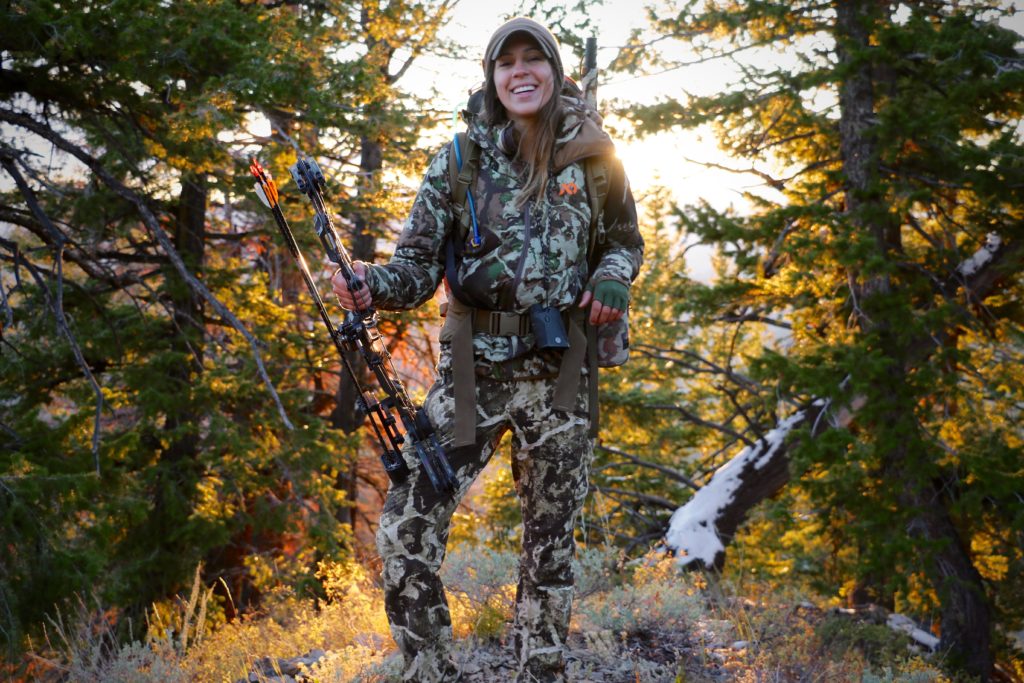
TRCP: How did you first get involved in hunting and fishing?
D’ANDREA: I grew up very much in the outdoors, but I did not start hunting and fishing until my college years. My boyfriend Nick played baseball, but after a serious elbow injury he needed to find a new way to fill his time in the fall. He began hunting, heading into the woods almost every chance he could. We had been together since I was 16, so this sudden change was noticeable, and naturally I wanted to see what the draw was!
I started out just observing him on hunts and ended up throwing myself into solo hunting, falling more and more in love with the pursuit. Now, I hunt for meat, for adventure, and to feel a deeper connection to our natural world.
TRCP: What inspires you as a sportswoman in conservation?
D’ANDREA: I absolutely love exploring Western landscapes—they are truly awe-inspiring. The more I see, the more I’m inspired to safeguard wildlife, wild places, and my right to explore.
TRCP: Can you share a recent epiphany you’ve had about conservation and your role as a sportswoman?
D’ANDREA: I’ve come to realize that there are people from all walks of life who care about conservation. Whether you are a hunter, climber, urbanite, or all three, it doesn’t matter. If we all care about the same issues, then it’s only natural that we should all work together. Of course, there will be areas where we won’t see eye to eye, and that is OK. It’s more about joining together where there is common ground for the greater good of wildlife and habitat.
As sportswomen, we are a piece of that puzzle. It’s our responsibility to not only join that conversation, but contribute to it.
TRCP: Why do you think it’s so important for women to speak out?
D’ANDREA: Because anyone who cares about conservation and has something powerful to contribute deserves to be heard. And with the creation of niche conservation groups like Artemis, it becomes easier to amplify those voices.
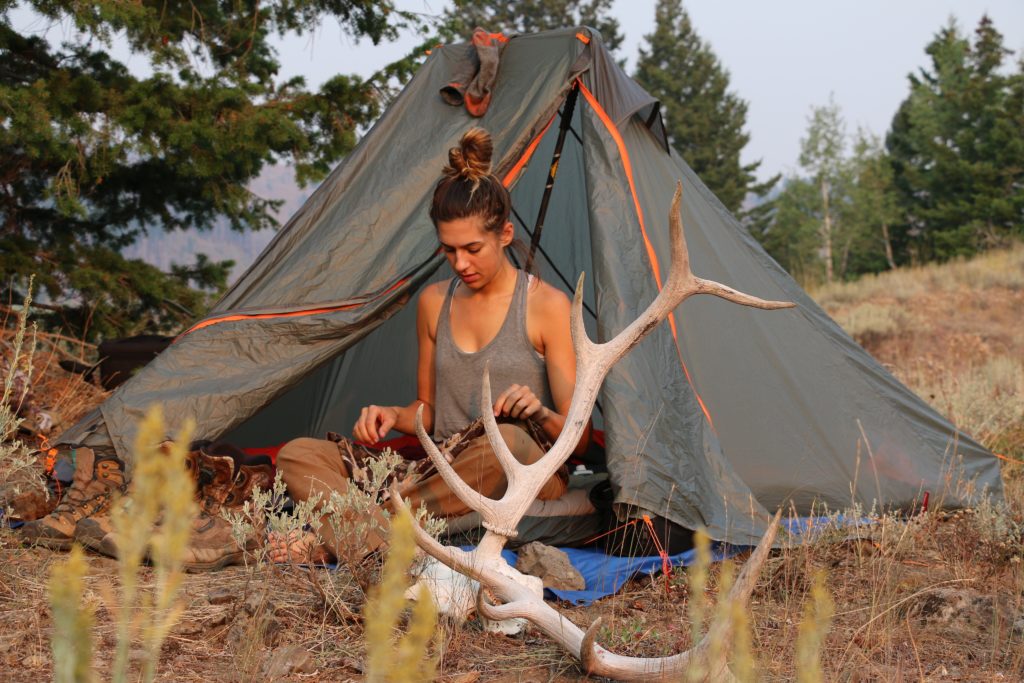
TRCP: What do you see as the biggest impediment for women who want to get into hunting, fishing, and conservation?
D’ANDREA: As the social norms have started to shift, the biggest challenge might be finding mentors. Personally, I was surrounded by such a welcoming group of men willing to help me learn. I would have been lost without them.
TRCP: How are you using your platform to promote R3 and make sure a new generation of sportswomen are introduced into this community?
D’ANDREA: On social media, I’m trying to create a safe place for anyone to be part of the conversation, from folks who are brand new to hunting to those with decades of experience. You can never stop learning, and I try to highlight the joy of learning in my own journey, hoping to inspire others to do the same!

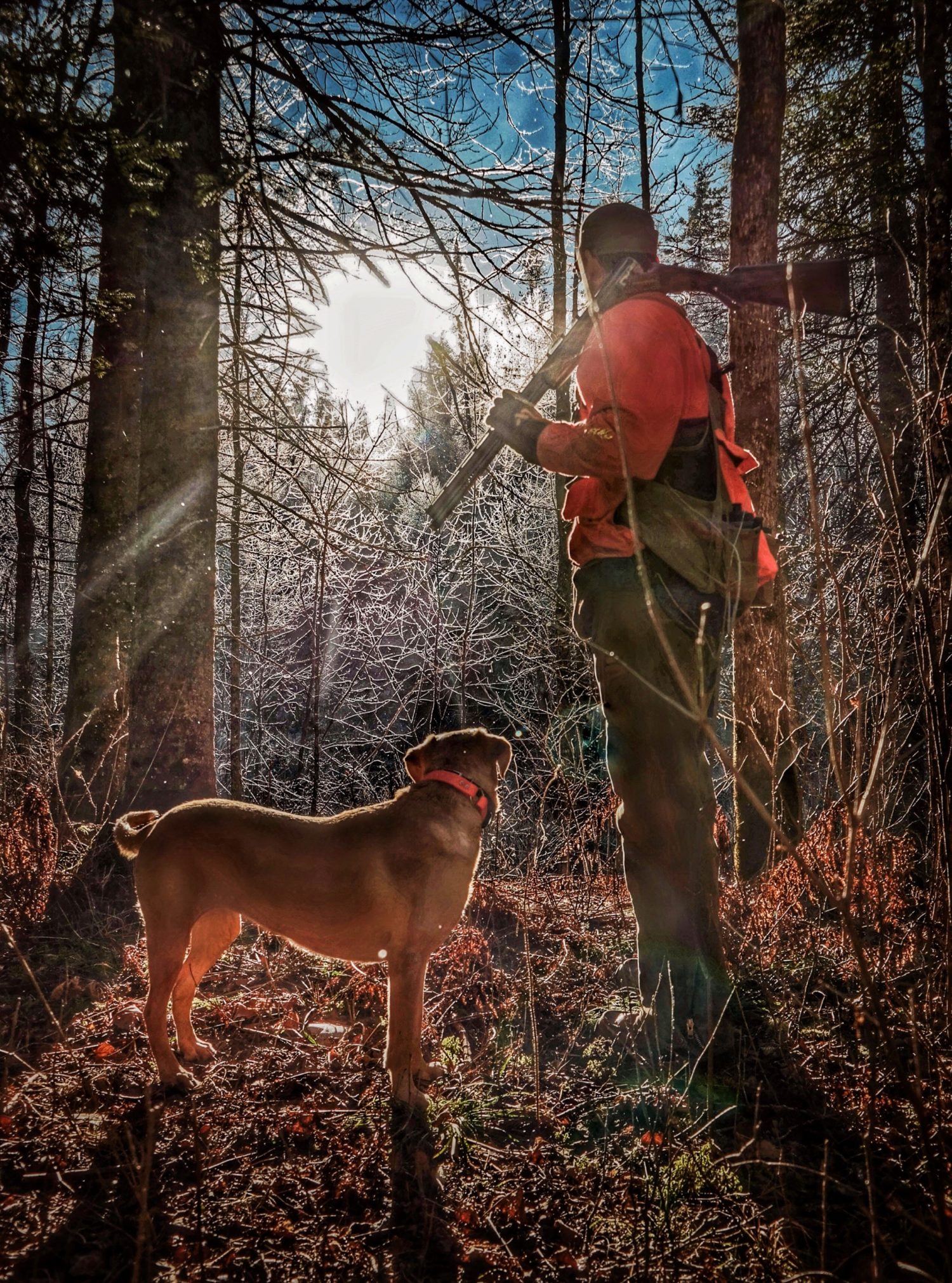
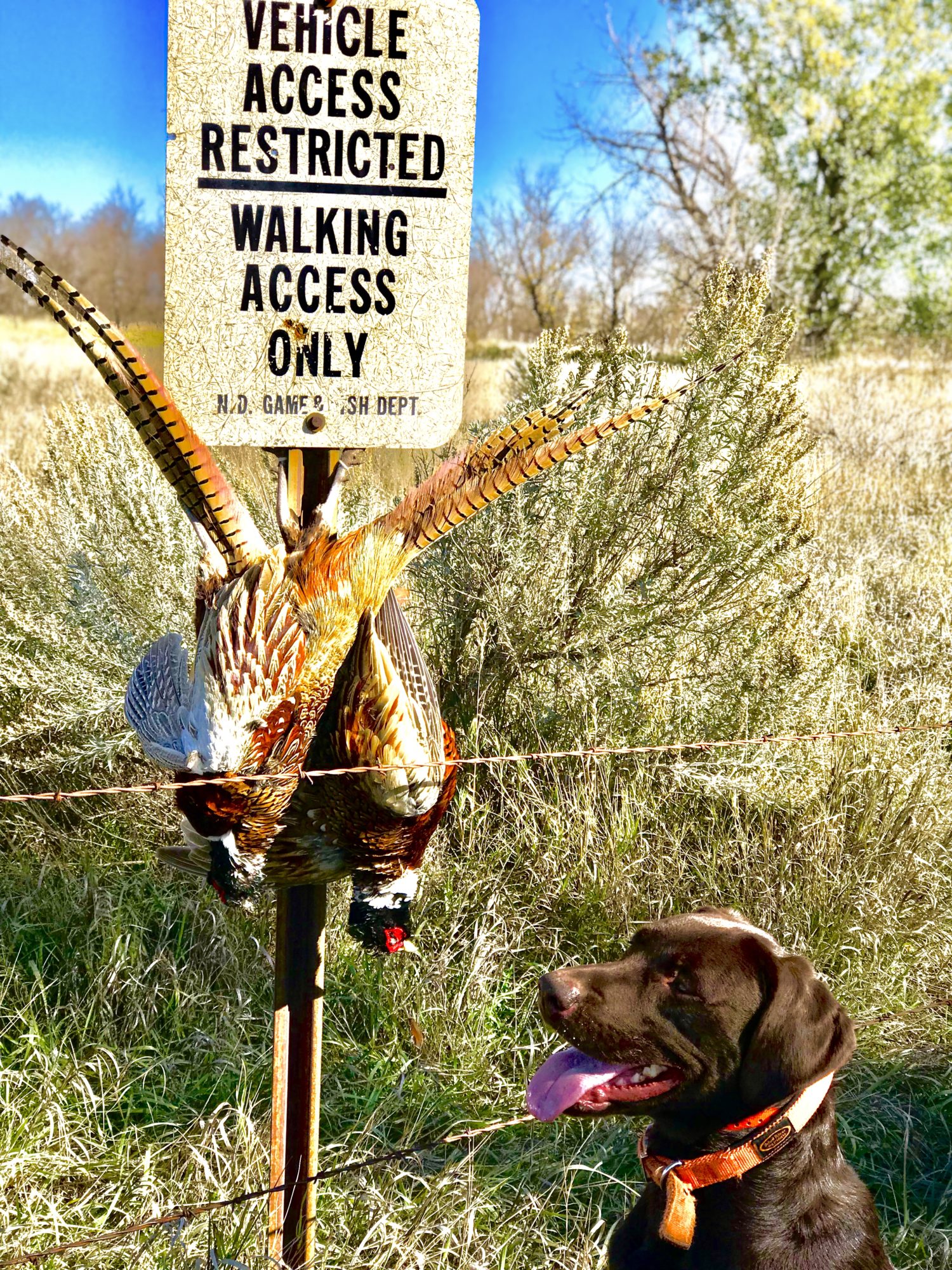
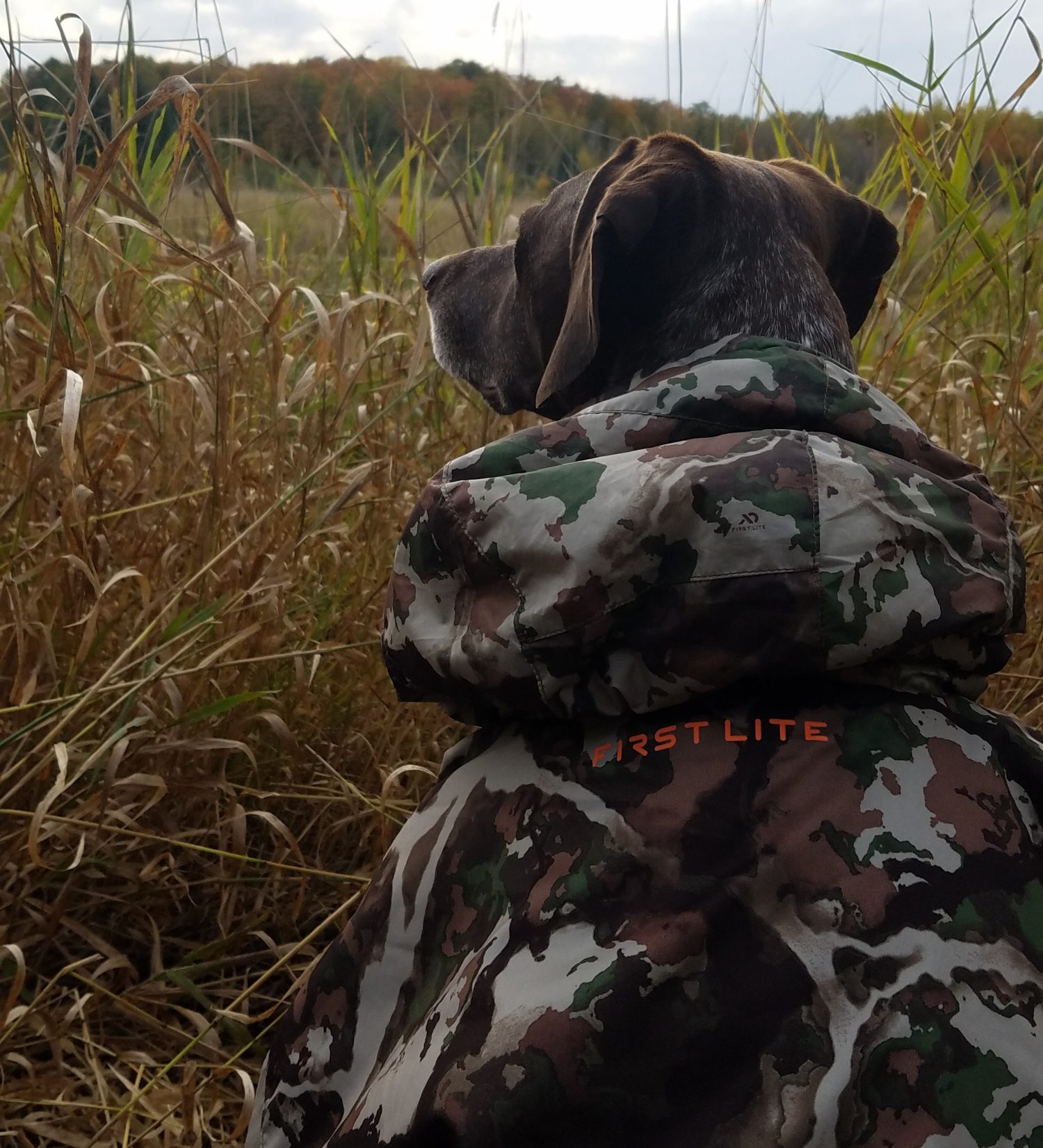
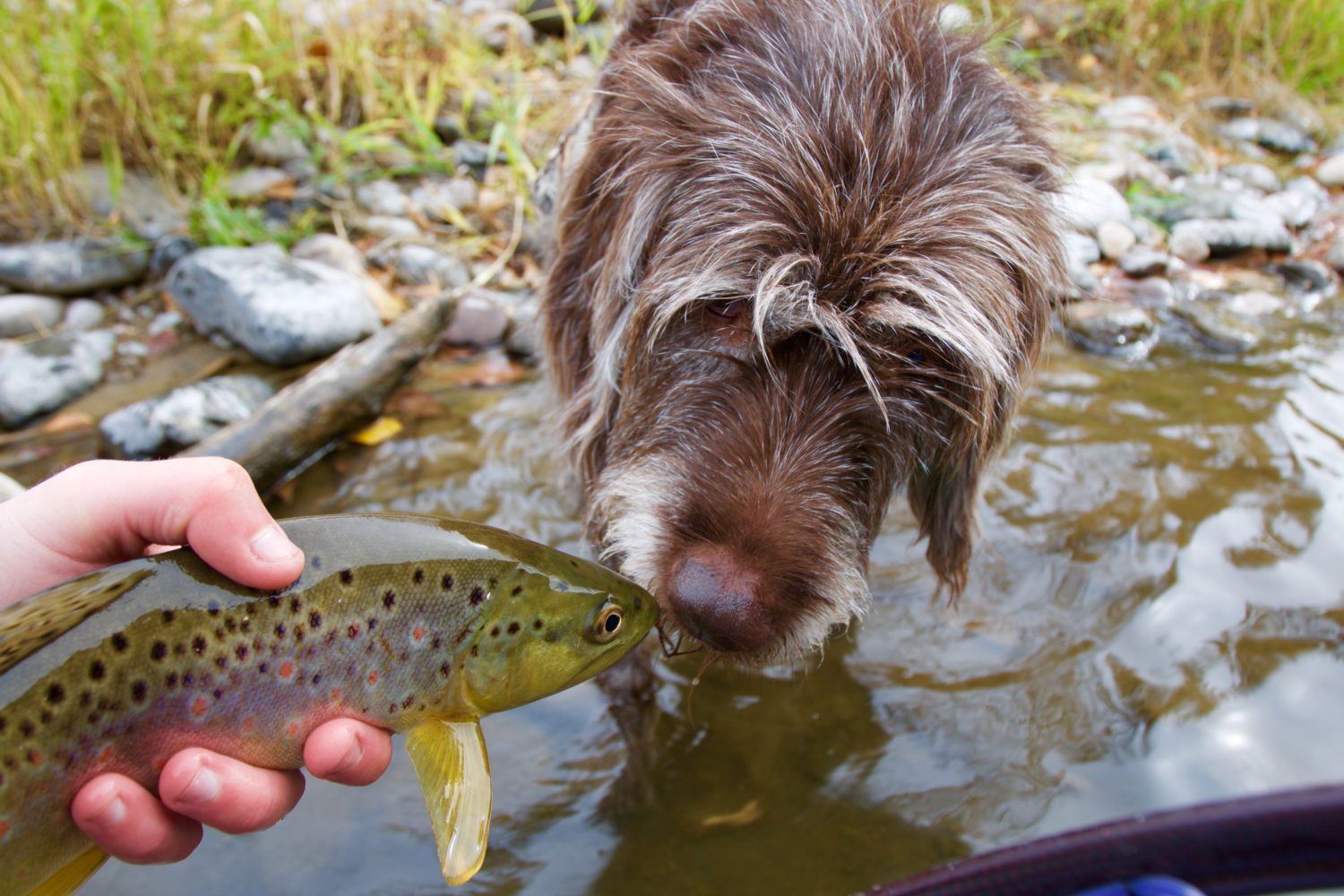
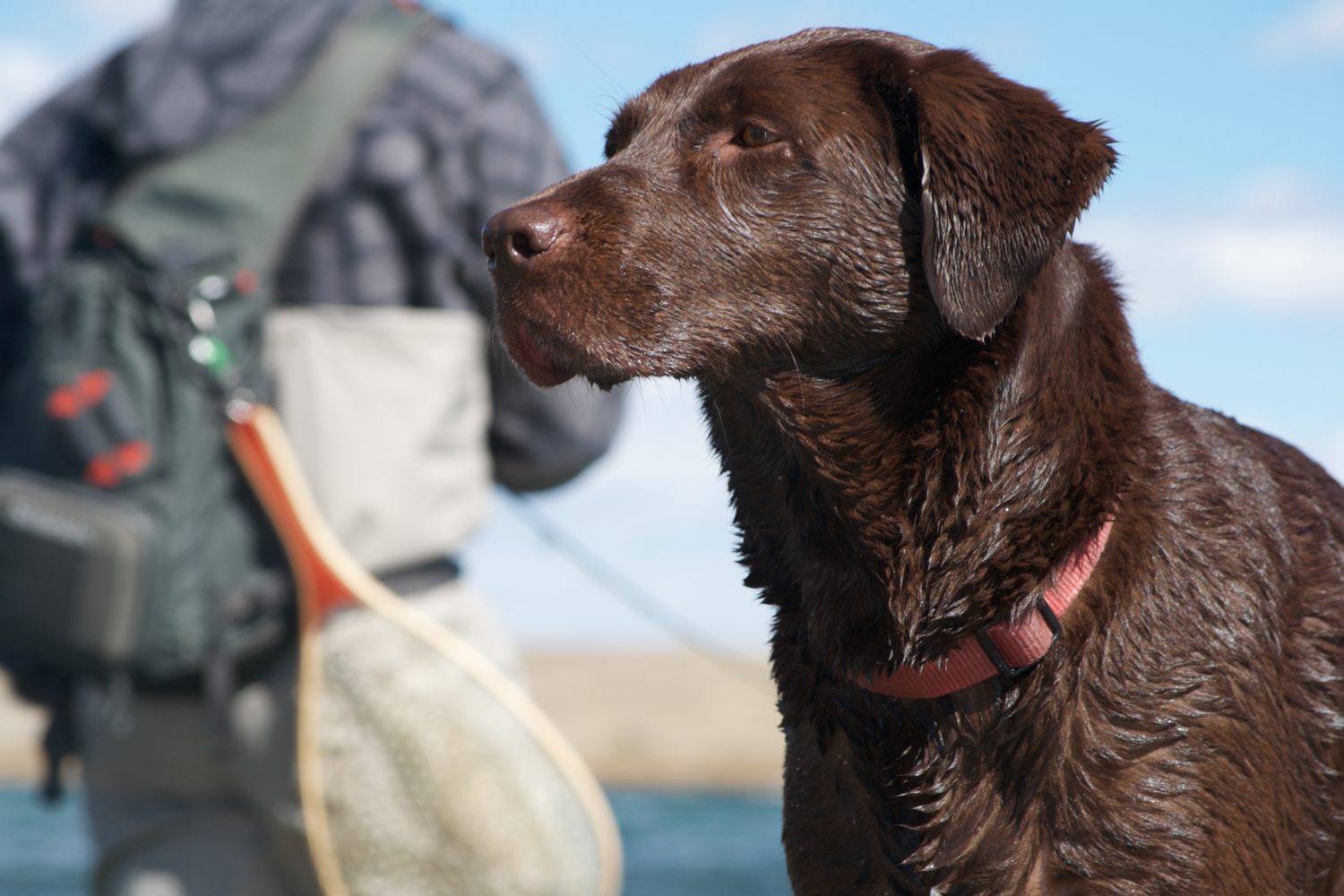
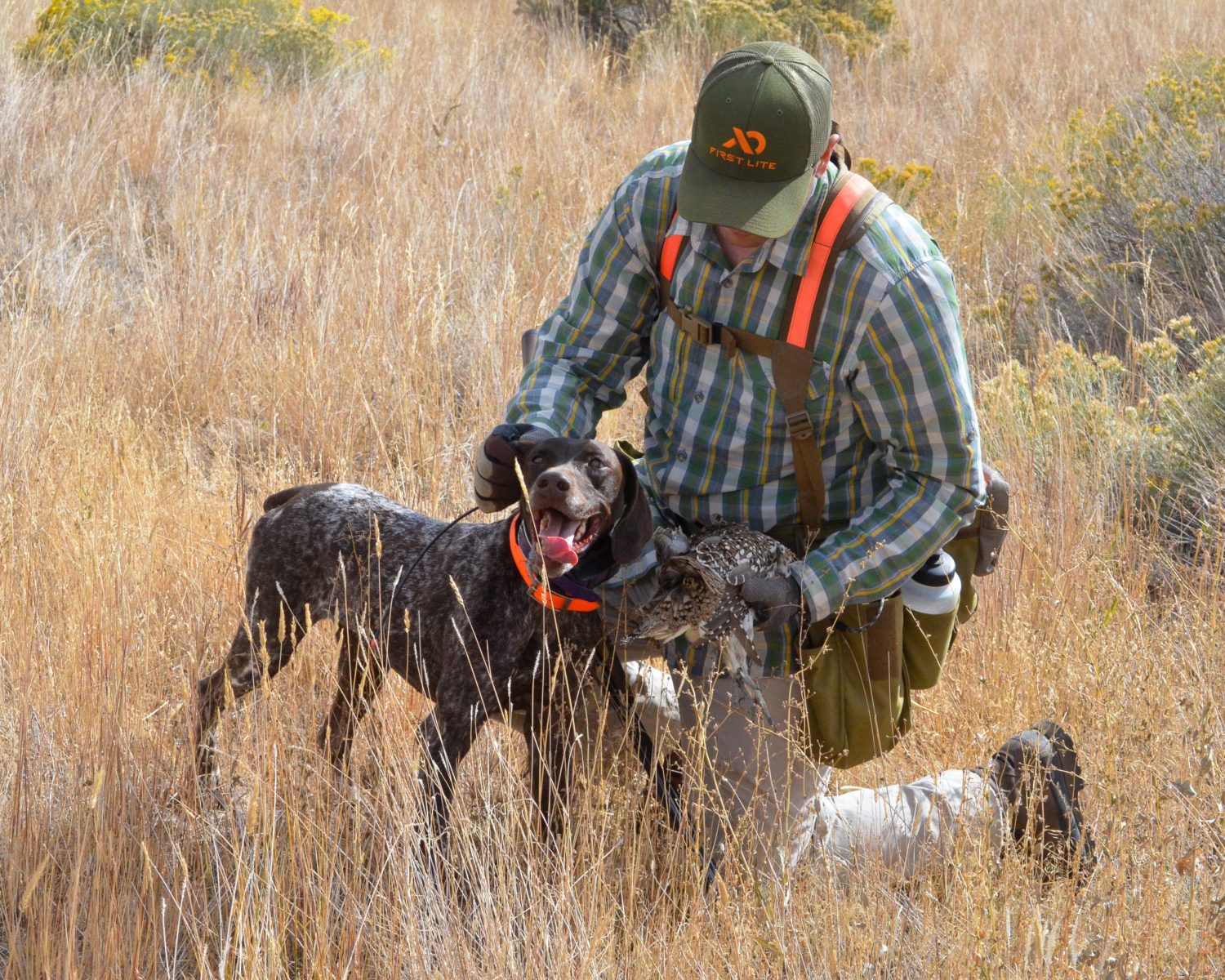
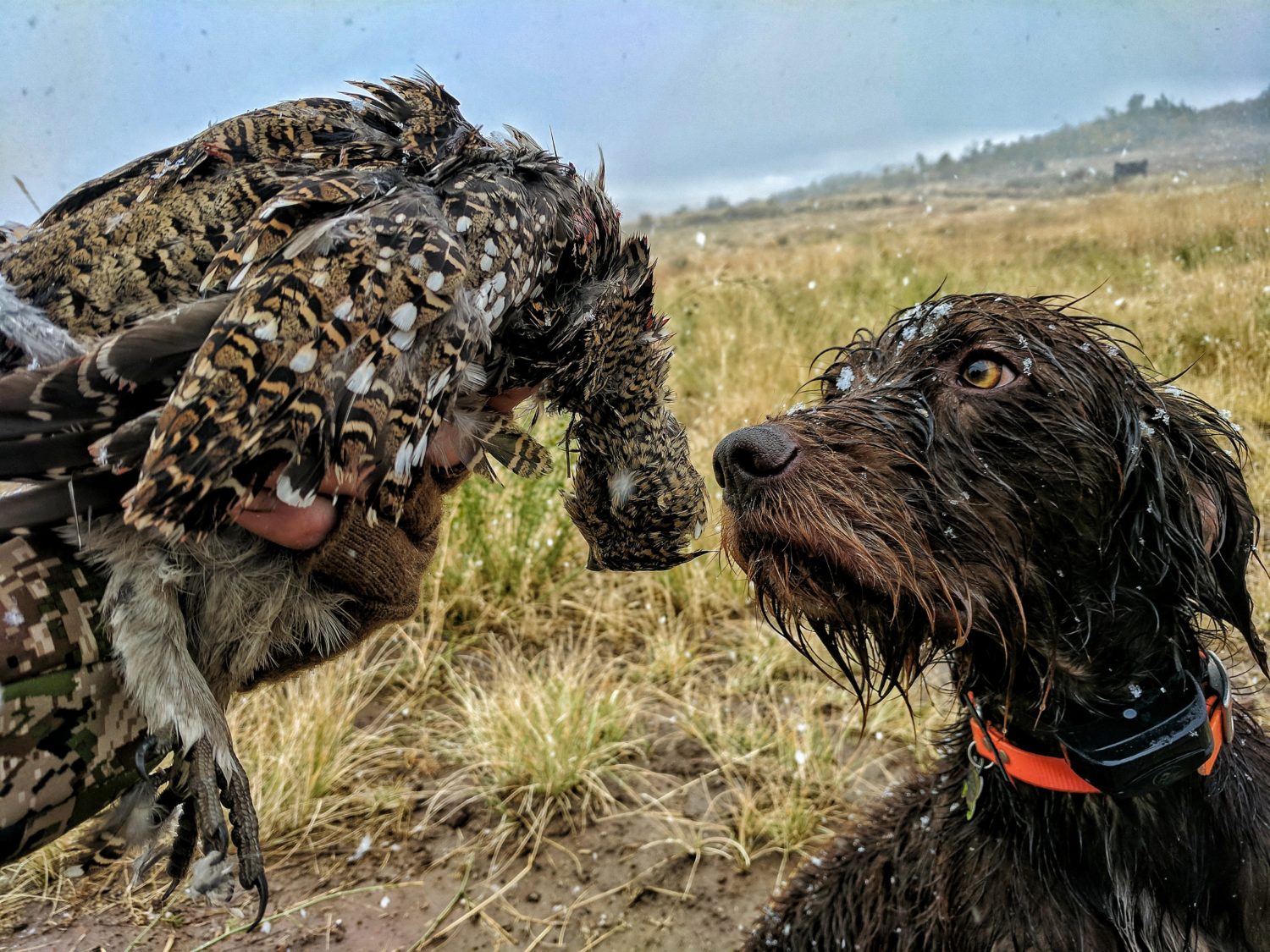
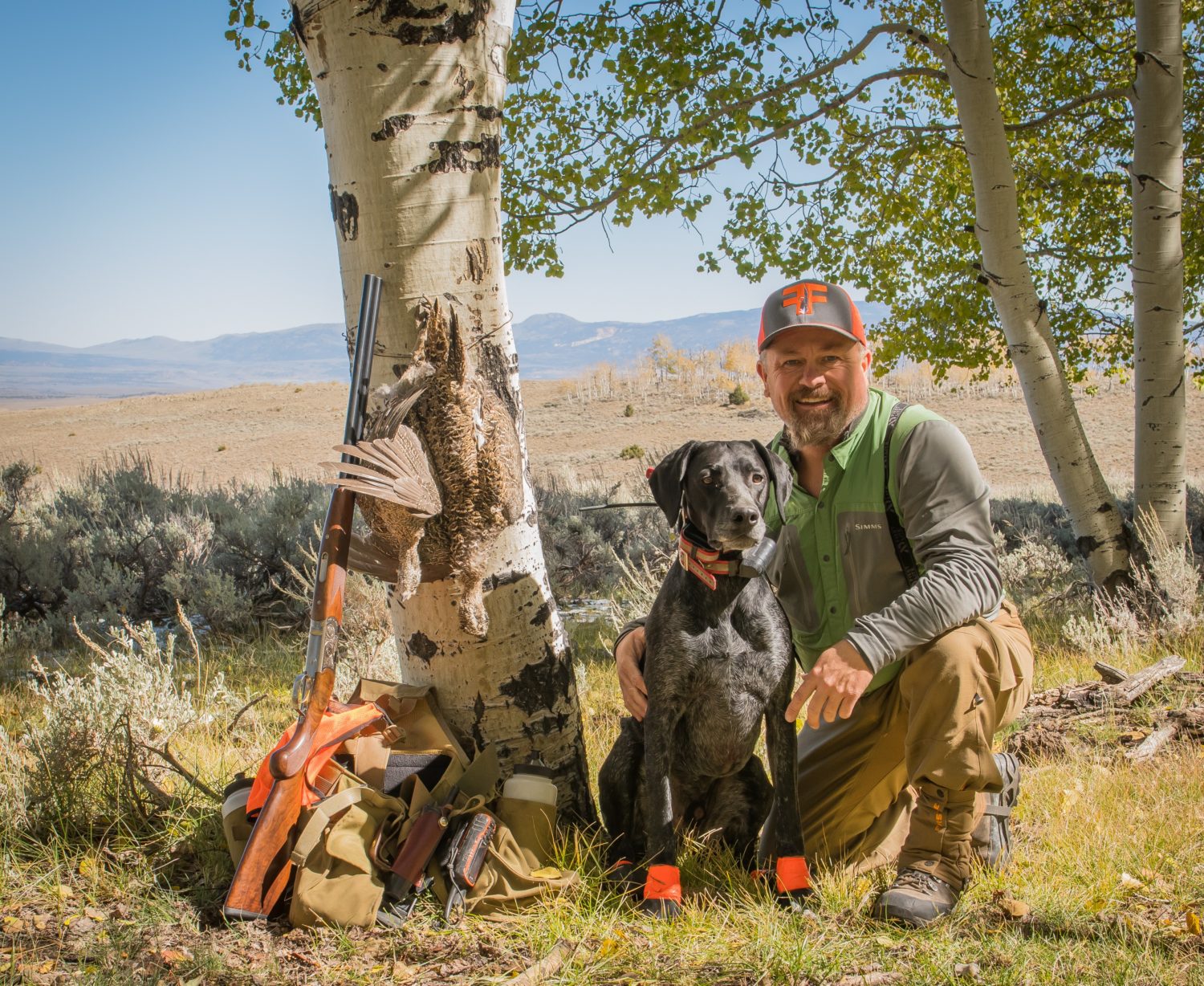
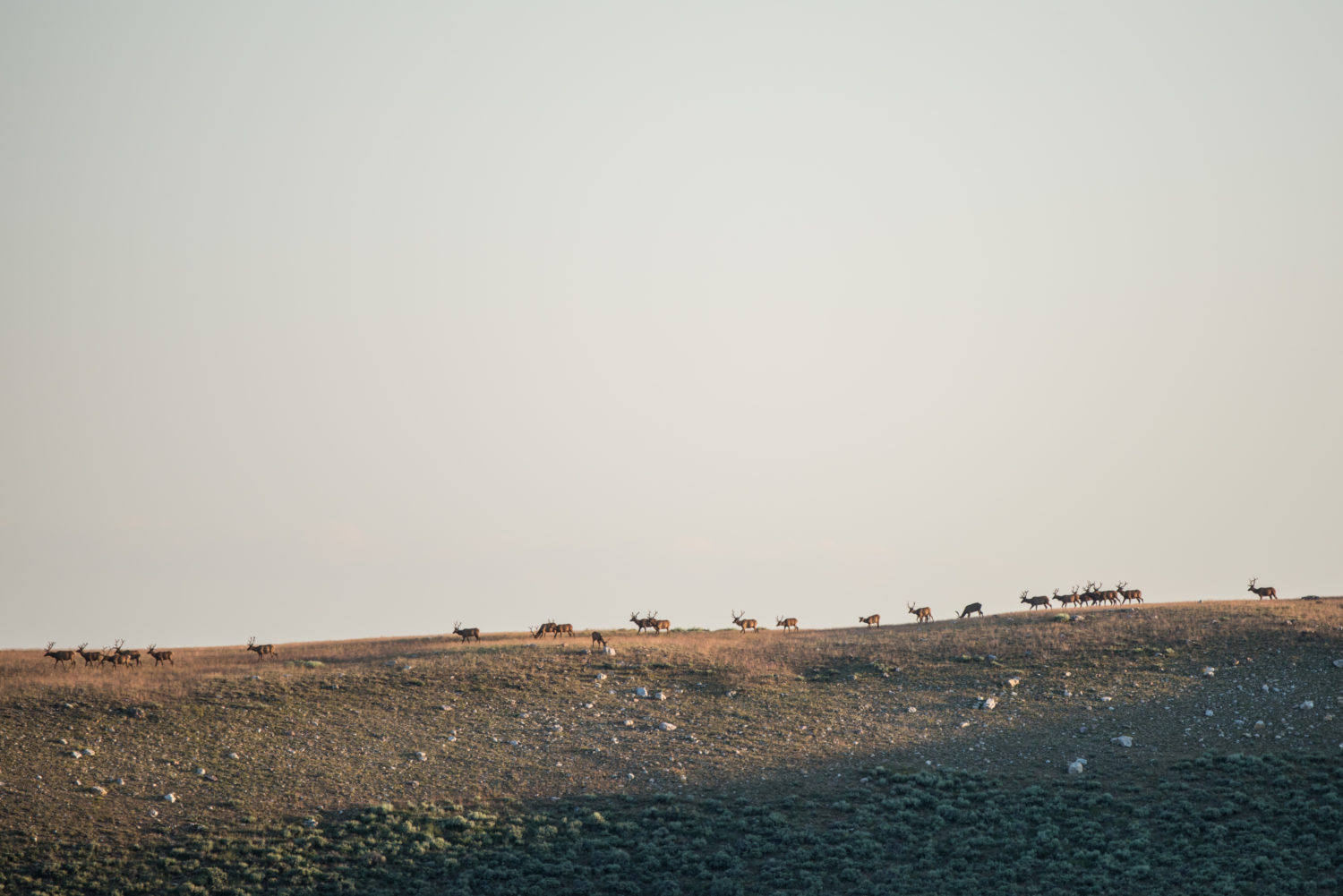
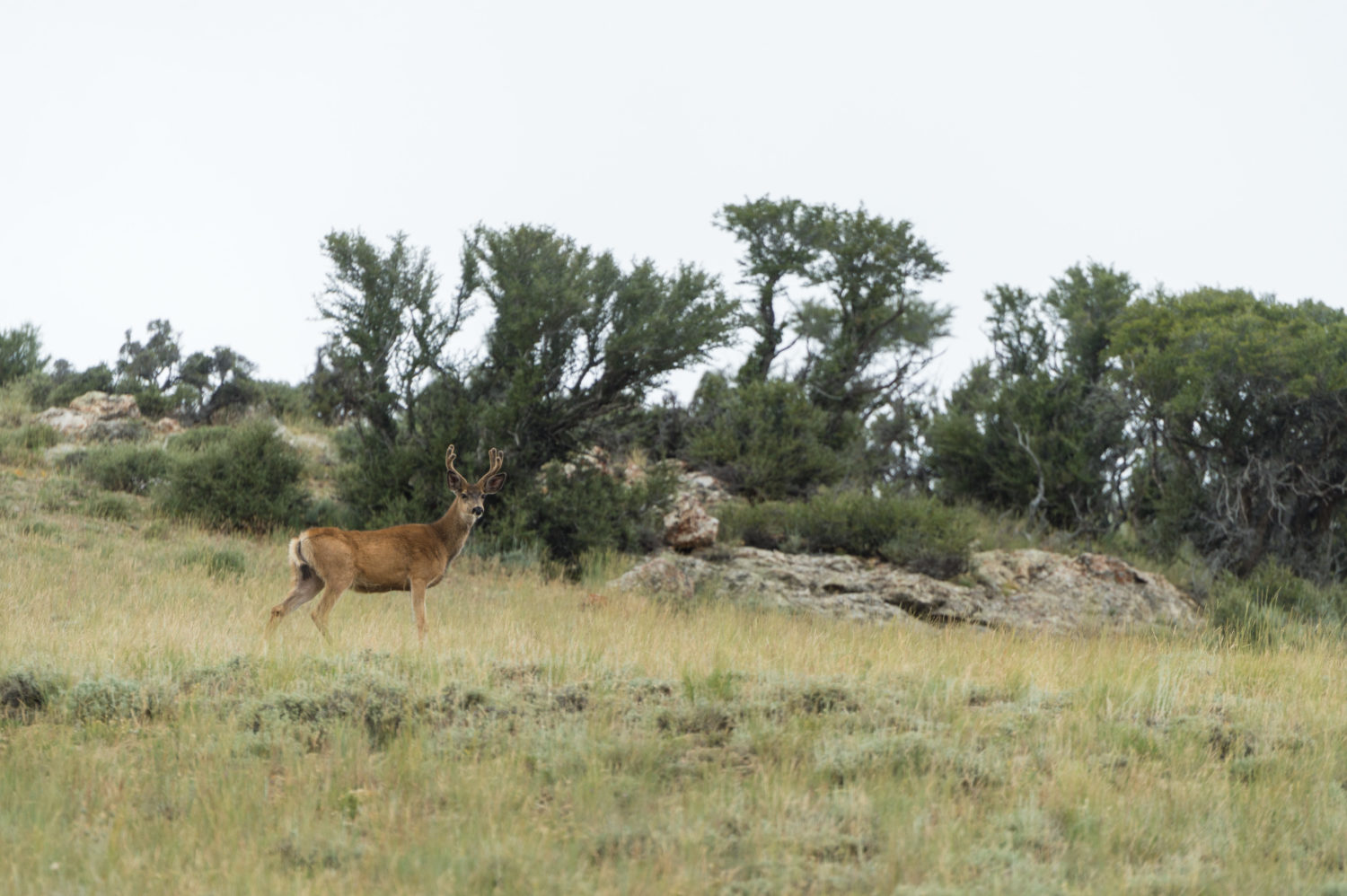
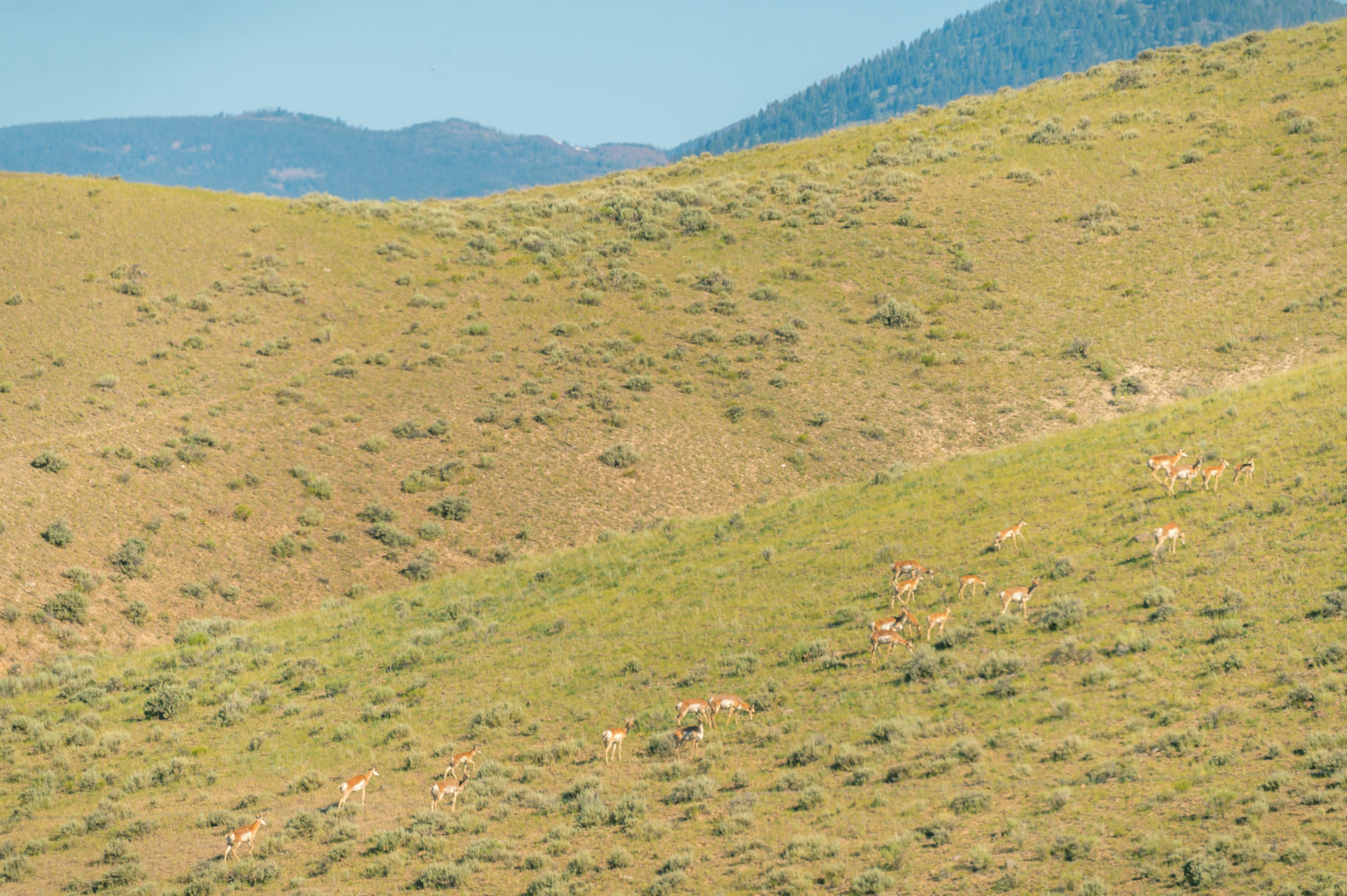
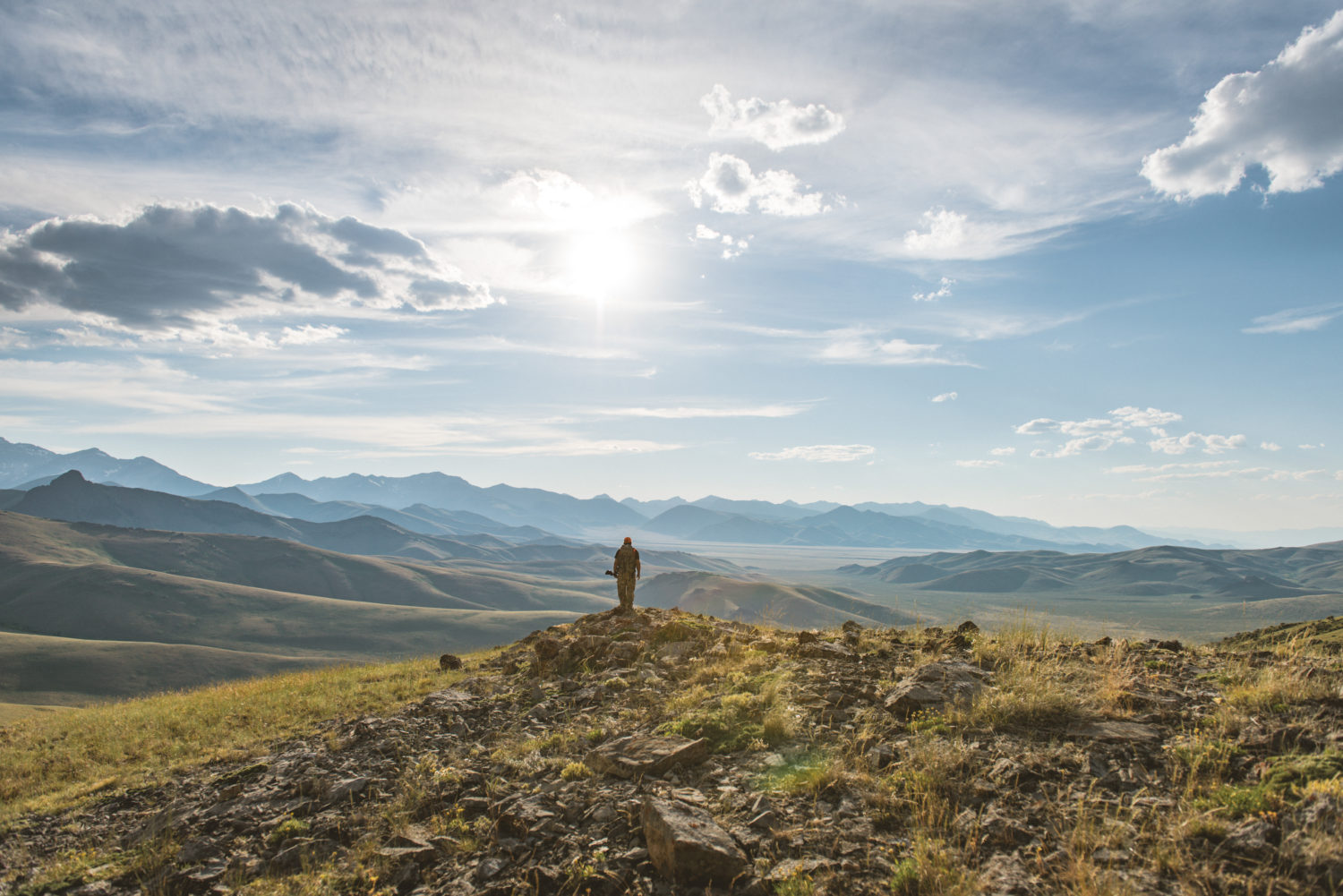
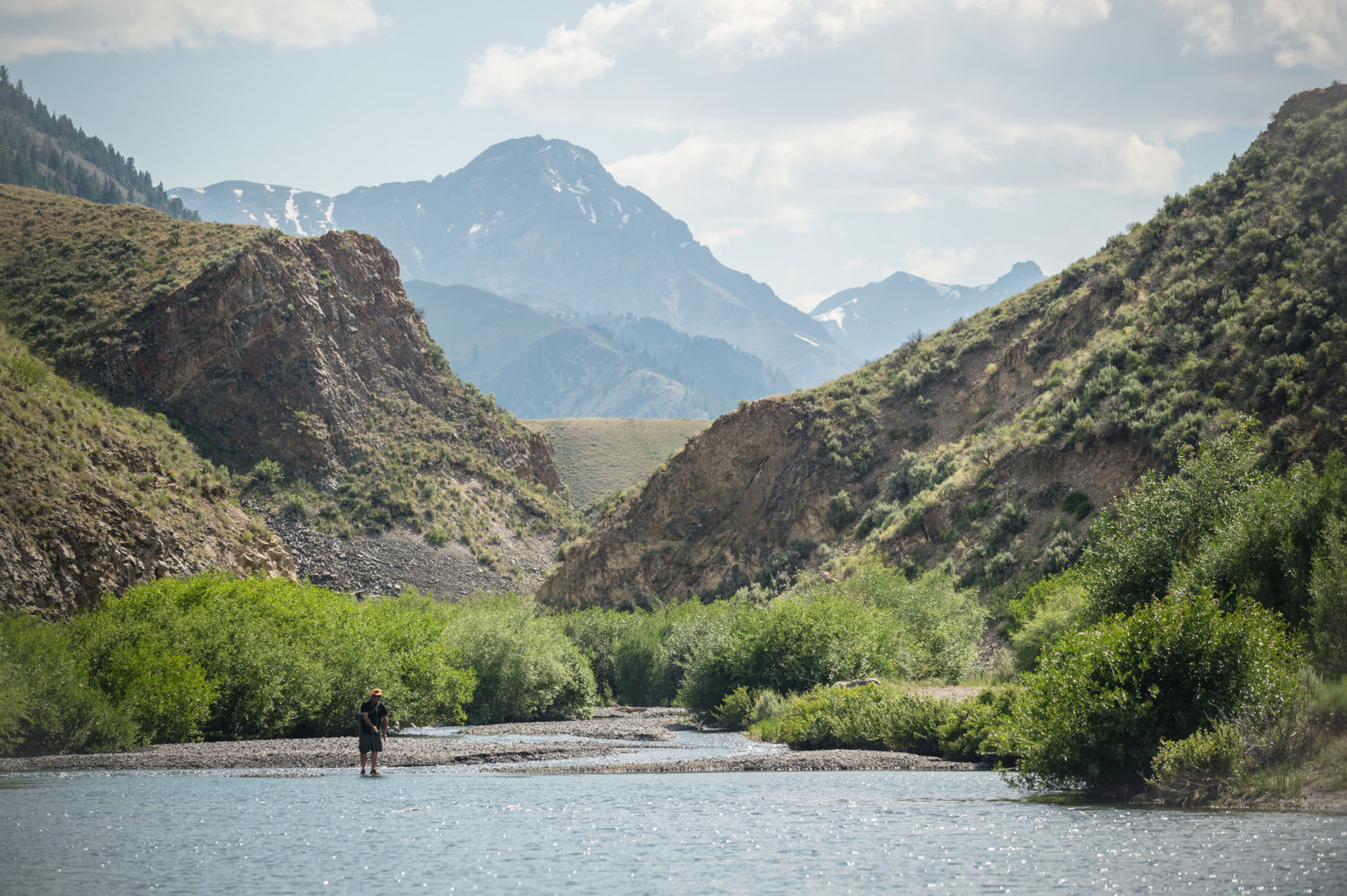
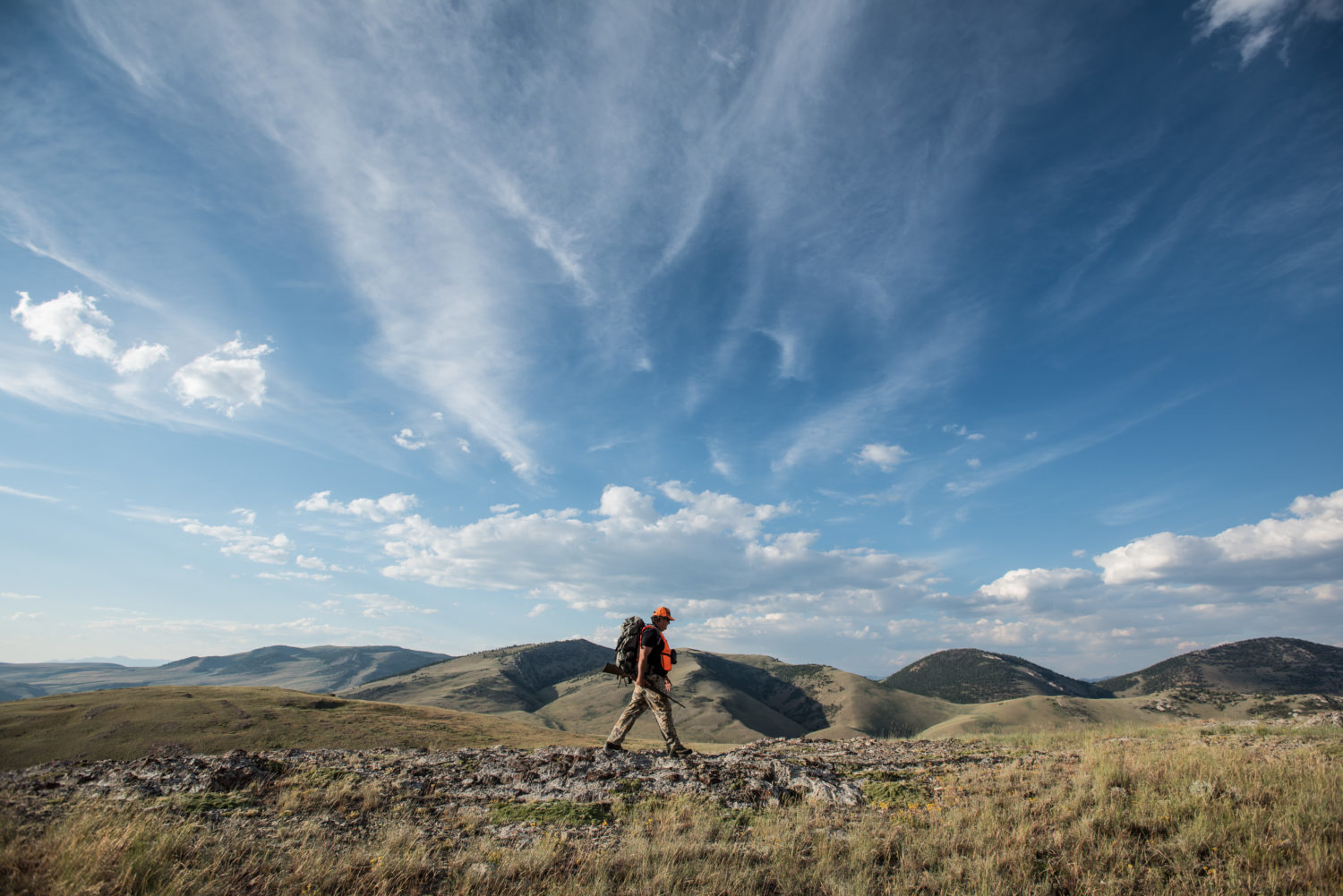
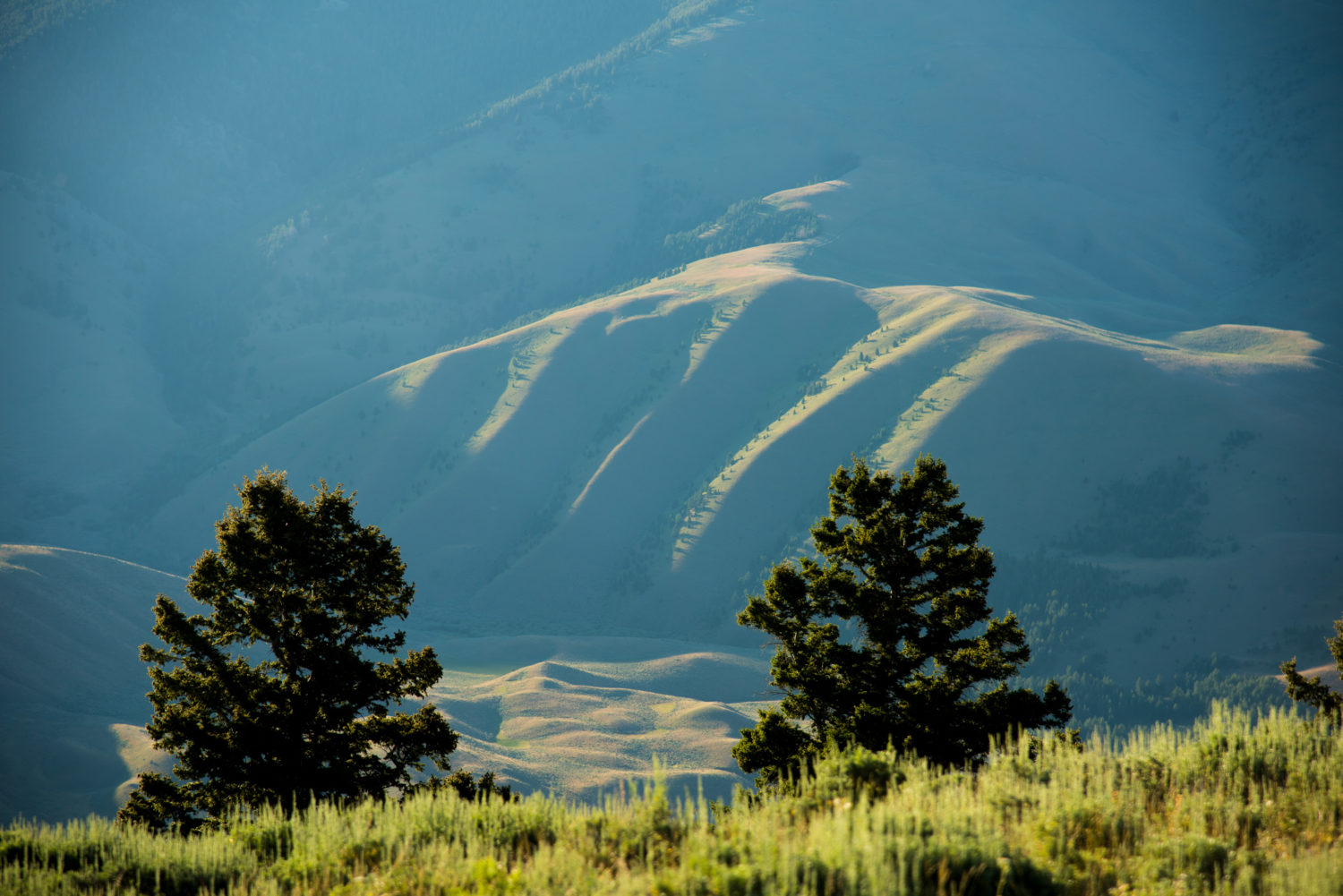
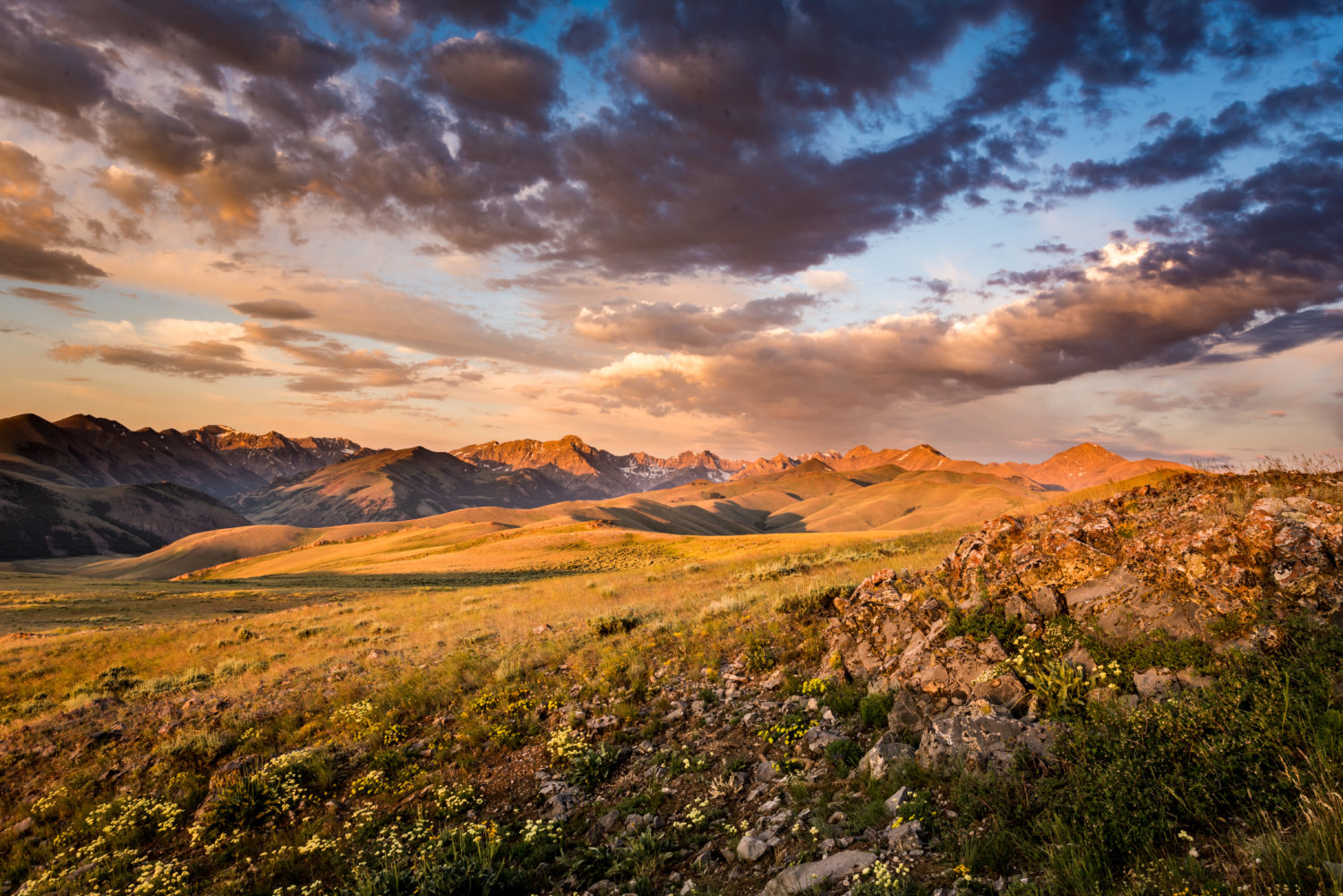
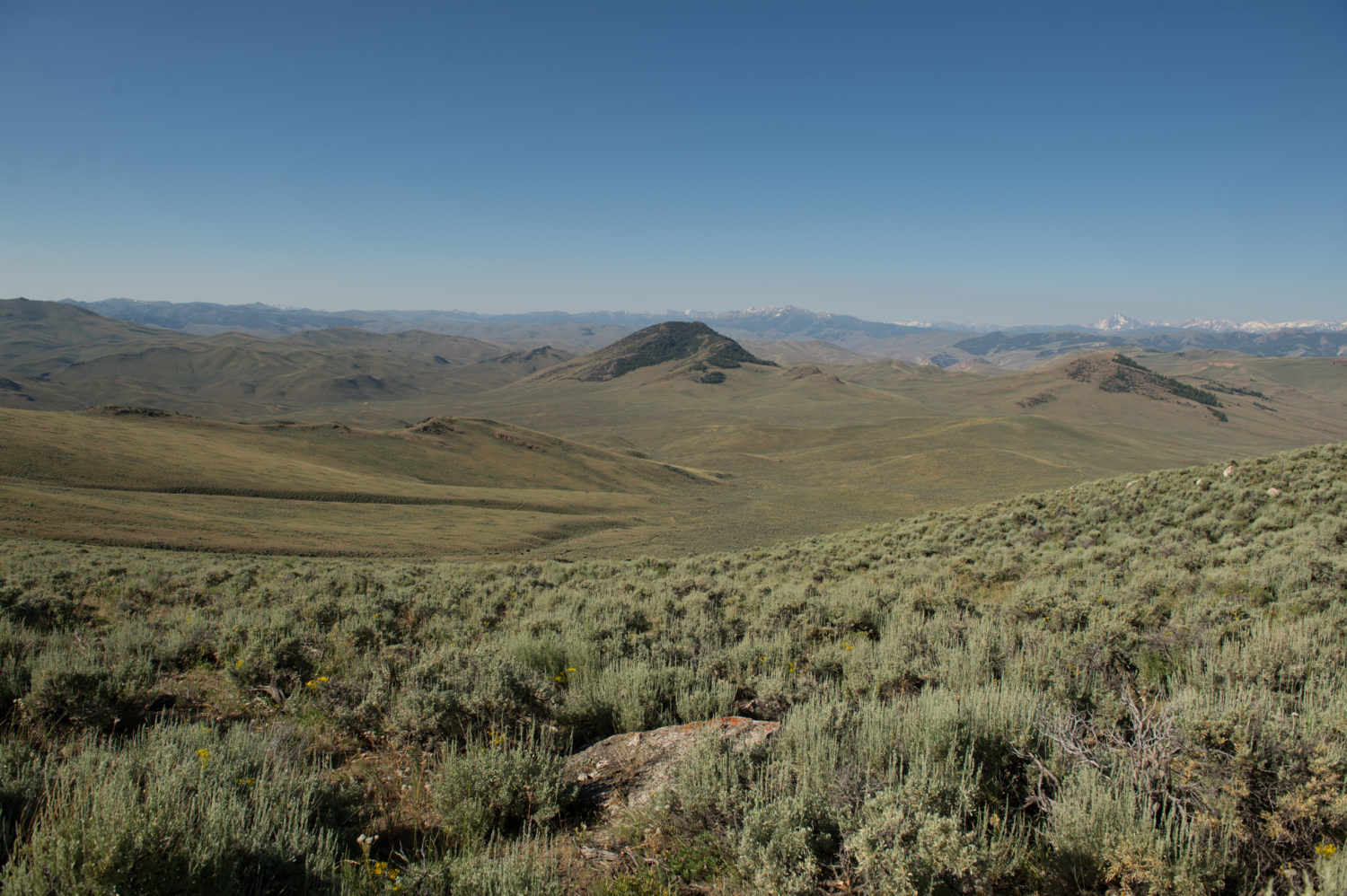
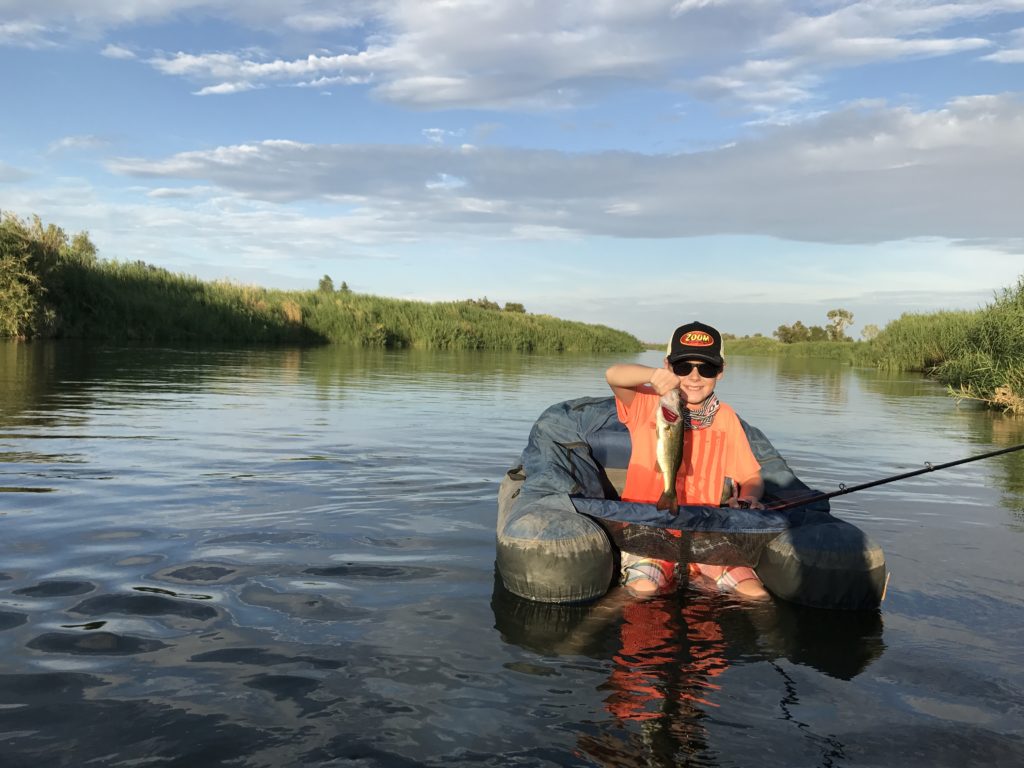





Good morning. I represent the Michigan Pheasants Forever State Council and we are looking for a women outdoor enthusiast to speak to our group at our January convention. Do you know of any prominent female hunters in Michigan who would be willing to address our group so that we can continue to encourage more women to get involved in hunting and creating more habitat for pheasants??
Hi Brad! I would try contacting Artemis directly to see if they know of any members who might be in that area! Let me know directly if you need any more help.
Love this! Absolutely BRILLIANT! Well done! I look forward to hearing more from this group.
Great interview, it provides excellent insight to the changing social construct around conservation, environment and outdoor sporting. I hope we will see more of these kinds of articles!!
Great article. I personally am not a hunter, but I believe deeply in, as you say, the importance of those of us who care about the same issues (such as preserving habitat and wildlife, and preserving our access to these places) to work together. Thank you for naming this. Divide and conquer is a losing proposition for all conservationists, and all that we hold dear.
This is so inspiring! It is amazing to see strong women leading the way in conservation! I loved her point about female representation — seeing women like Allie and groups like Artemis will totally change the way young girls view themselves and the field of conservation. Thank you for publishing on such an important topic, and I look forward to reading many more WCW posts!
Great article!! I did not grow up hunting or fishing, But I was always intrigued by the outdoors and wildlife. It was hard for me to find mentors as well, but the AZGFD here in Arizona paired me up with the Hunter Ed group in 2006. Since them I’ve been helping others every chance to experience the outdoors and began to teach Hunter Ed in Spanish. Thank you for all the work you are doing to advocate hunting!!
We wish to thank you all over again for the gorgeous ideas you offered Jeremy when preparing
her post-graduate research as well as, most importantly, regarding providing
each of the ideas in a blog post. Provided we
had been aware of your site a year ago, we might
have been rescued from the needless measures we were choosing.
Thank you very much.
Why is this woman killing innocent animals. How would she feel if the animal had a weapon as well?